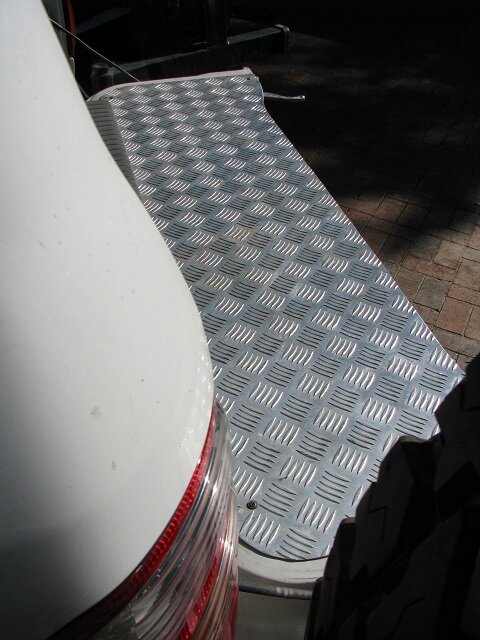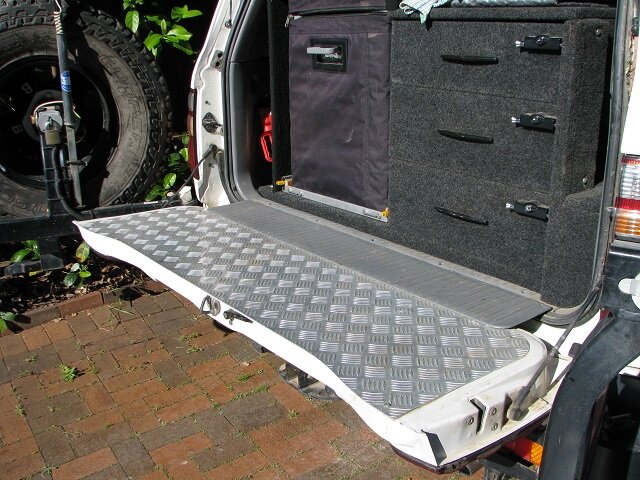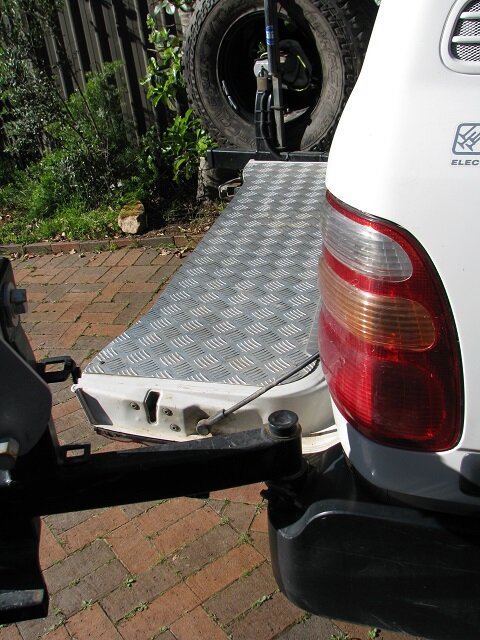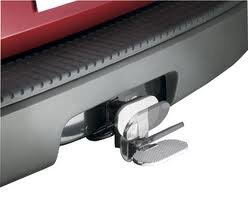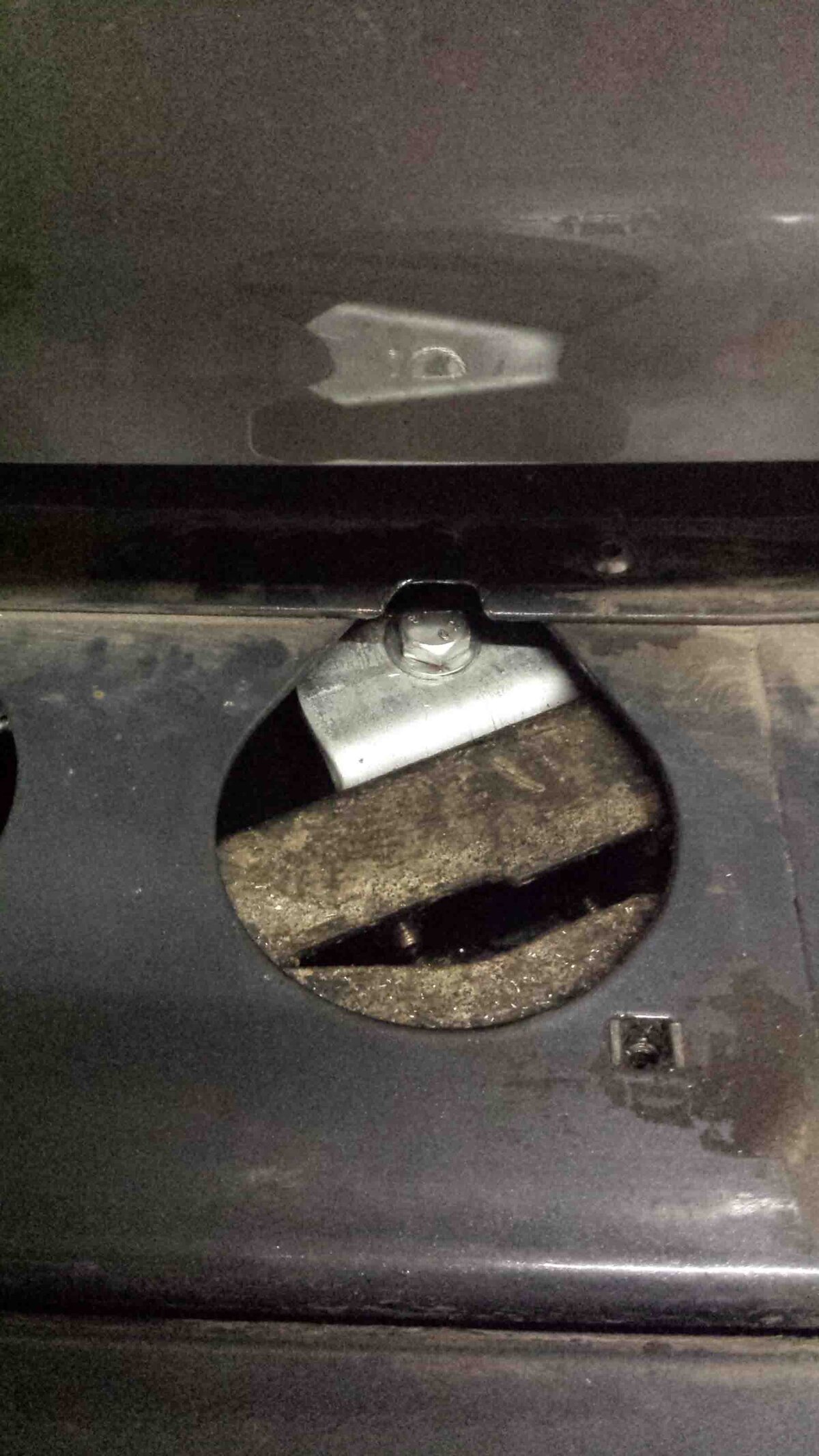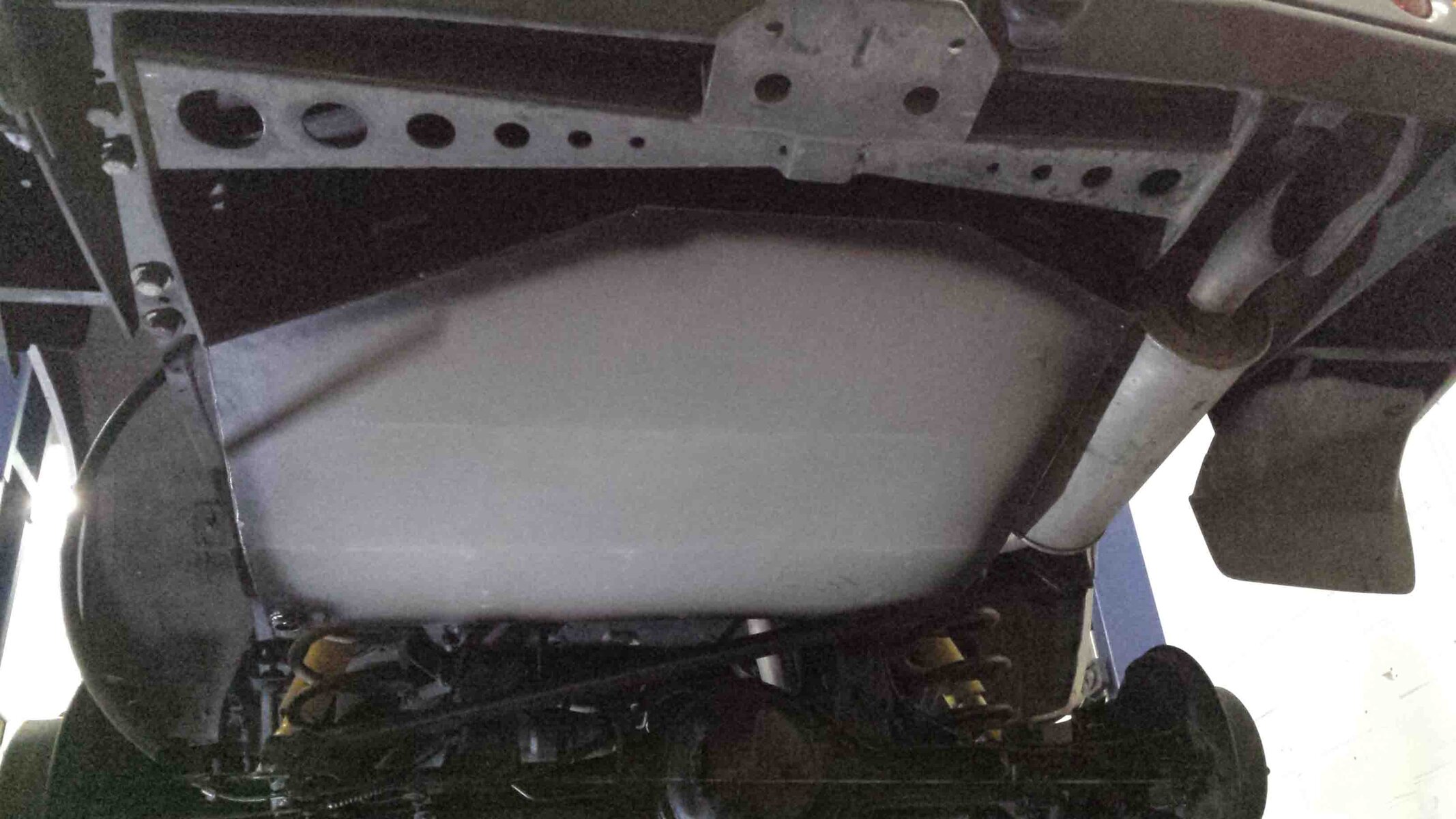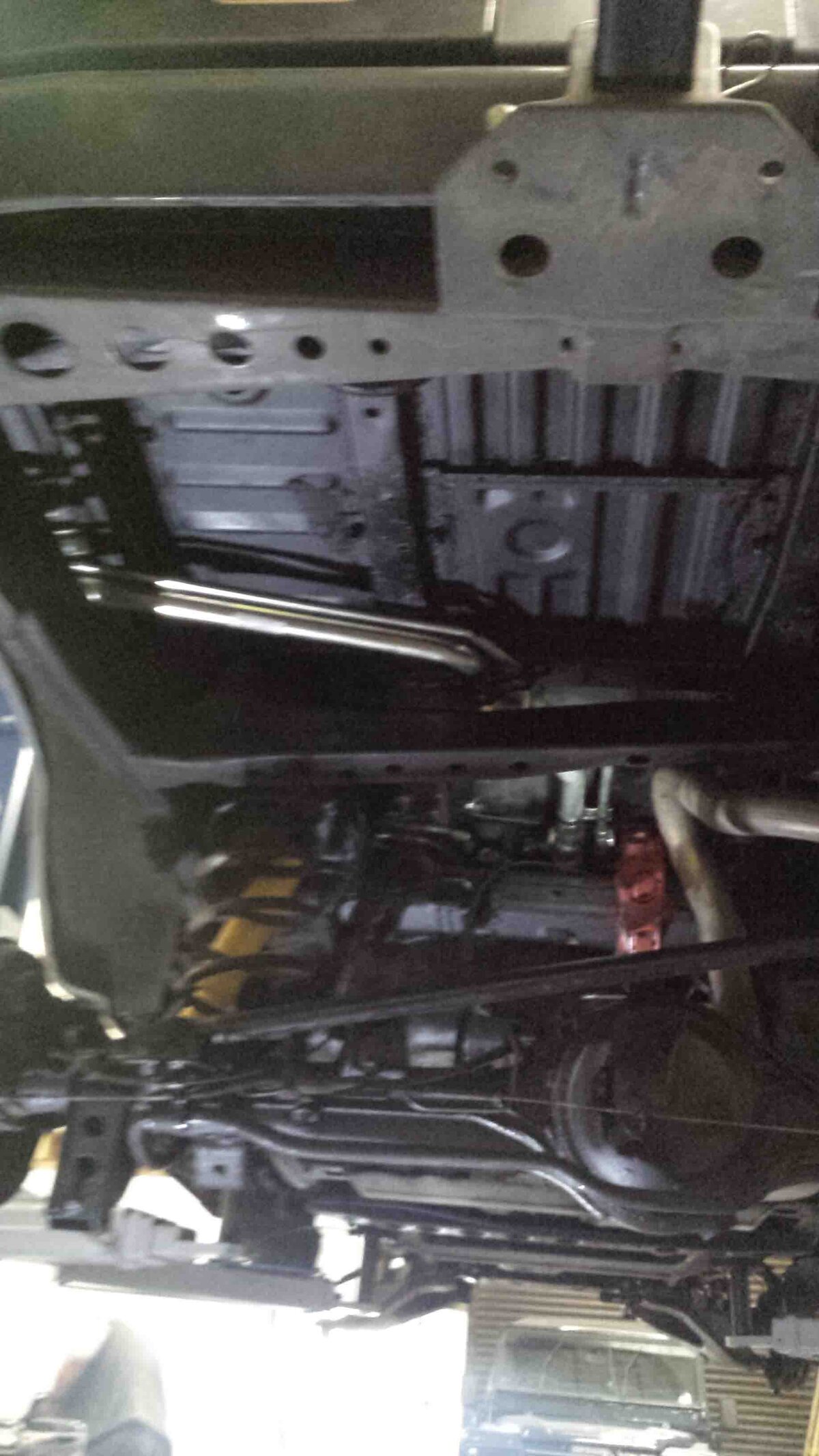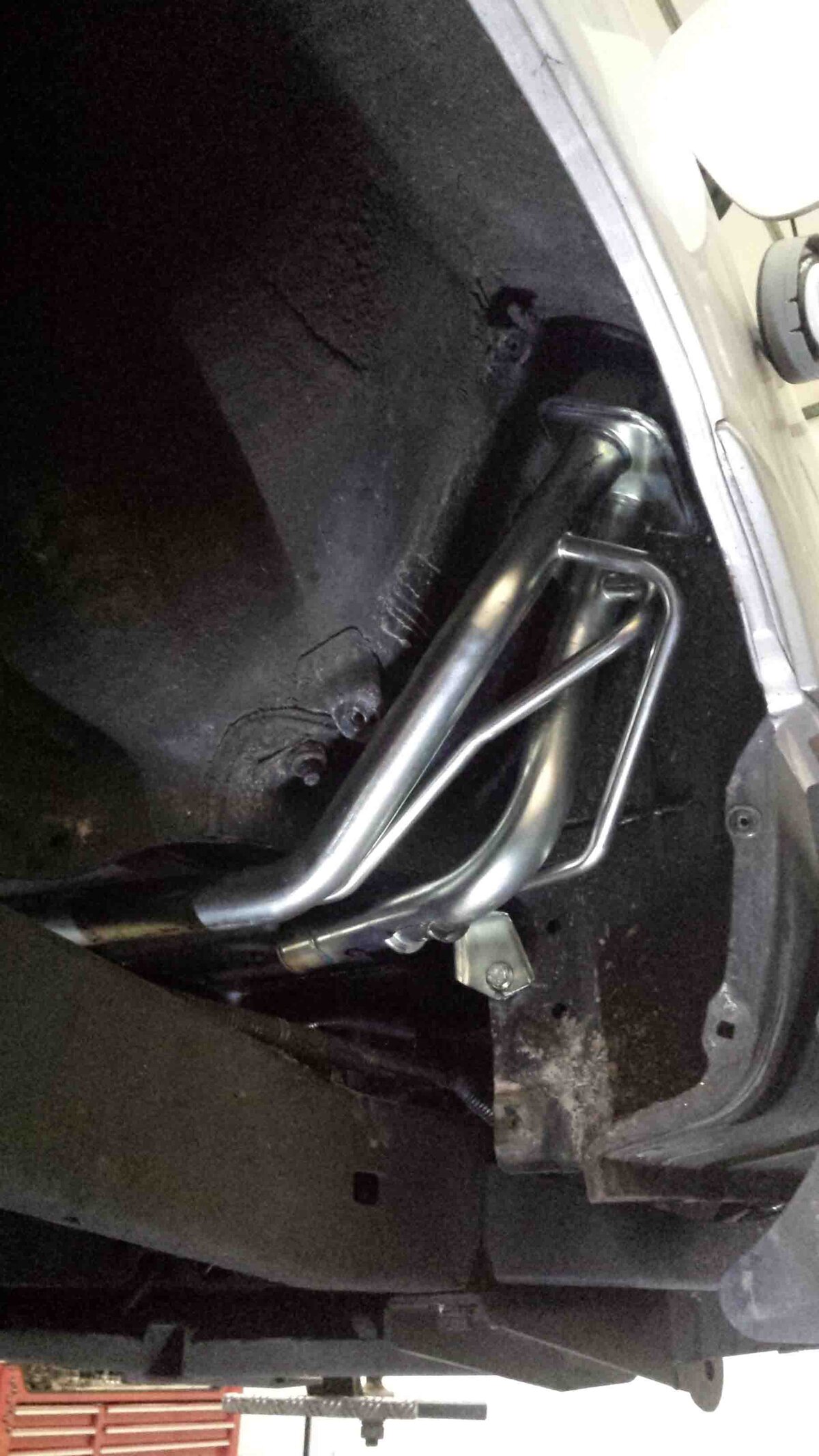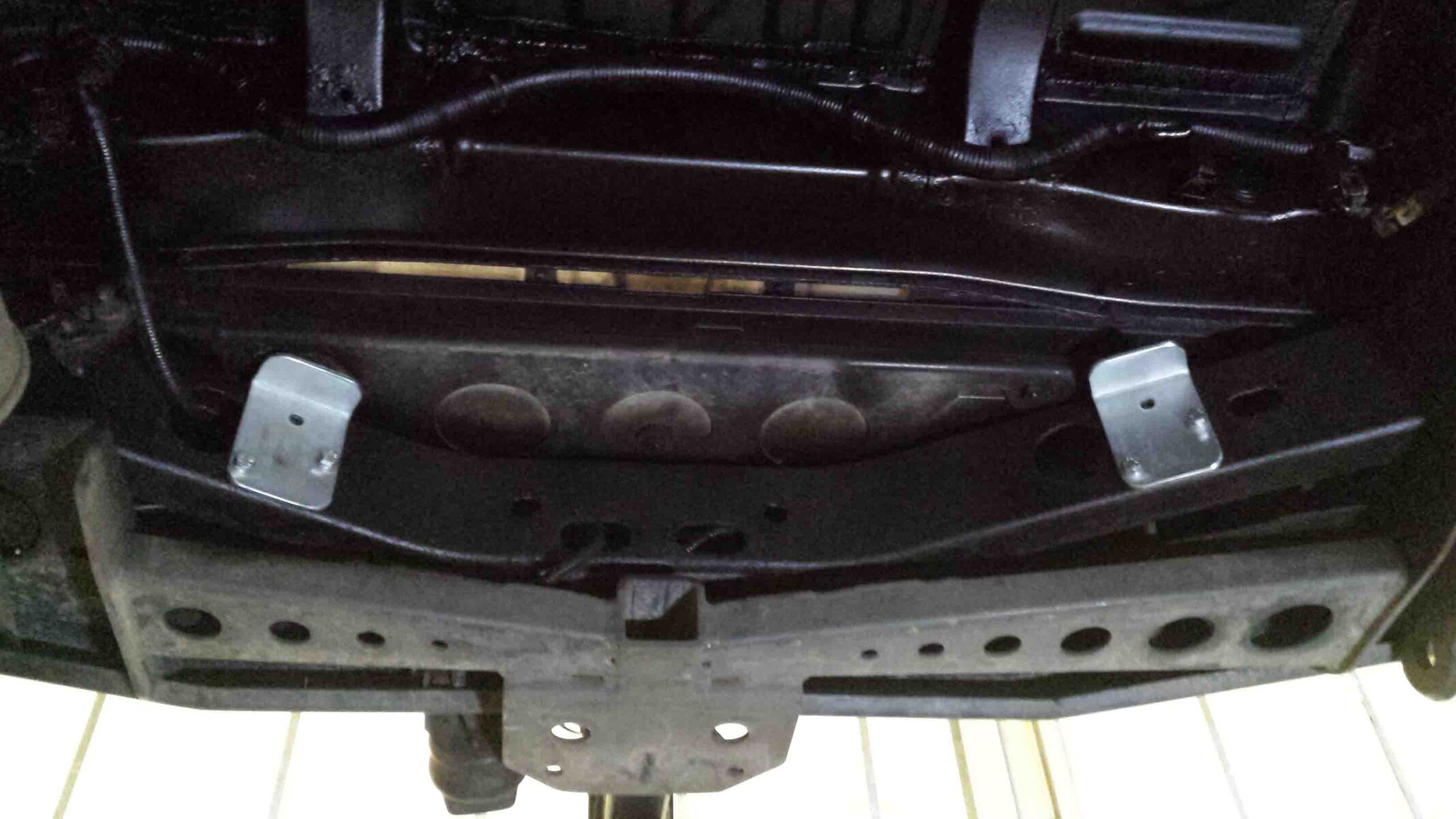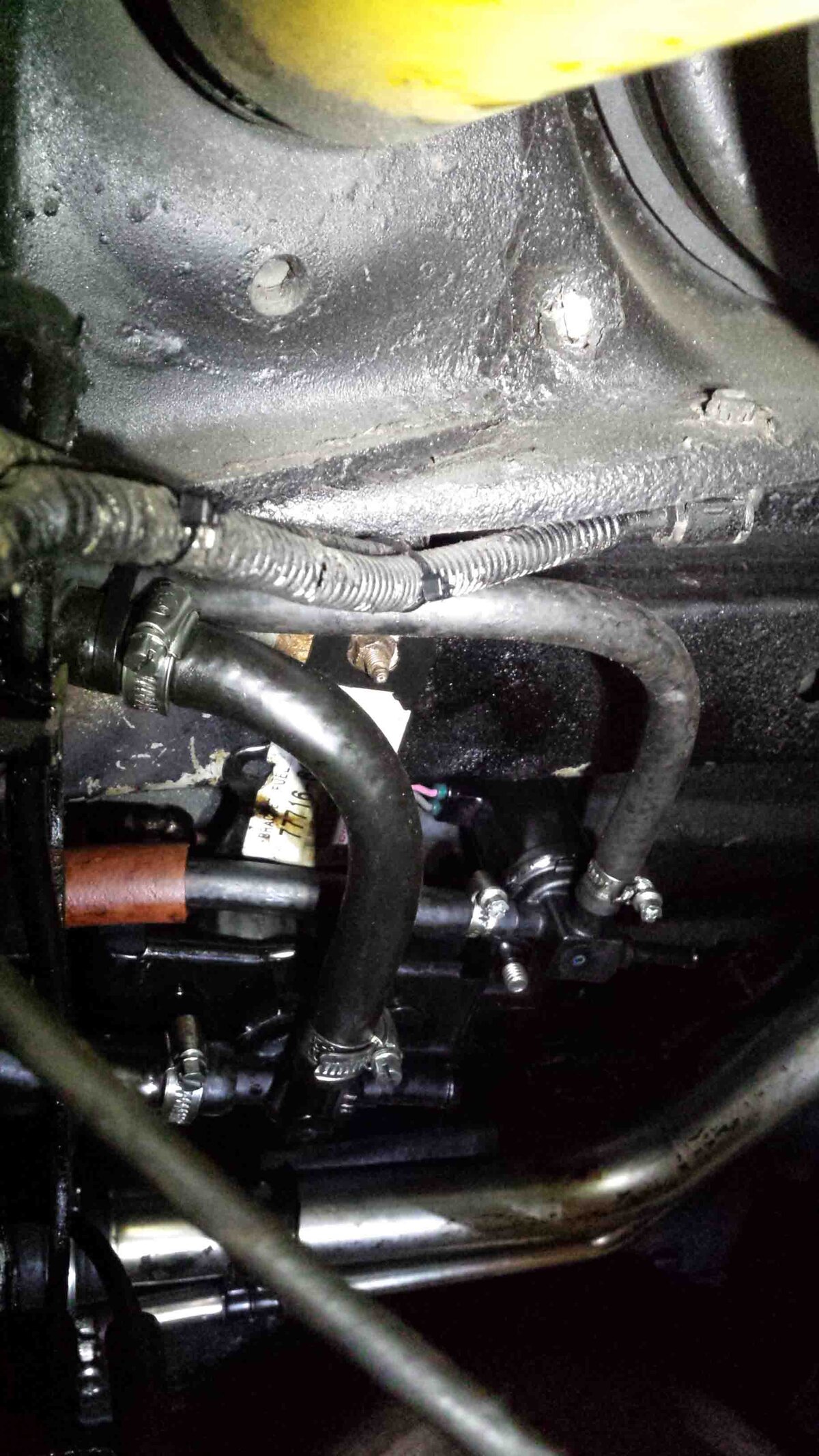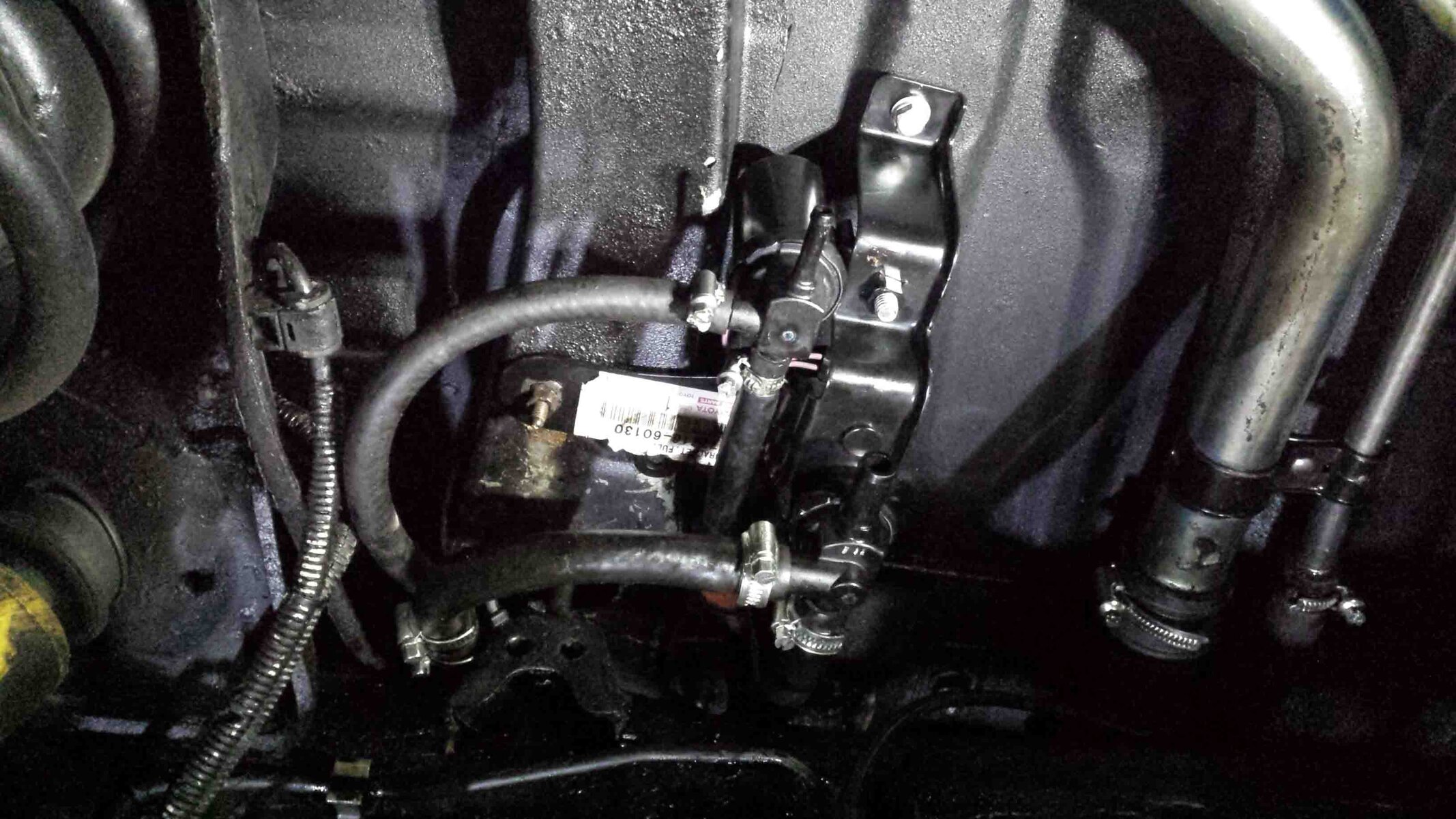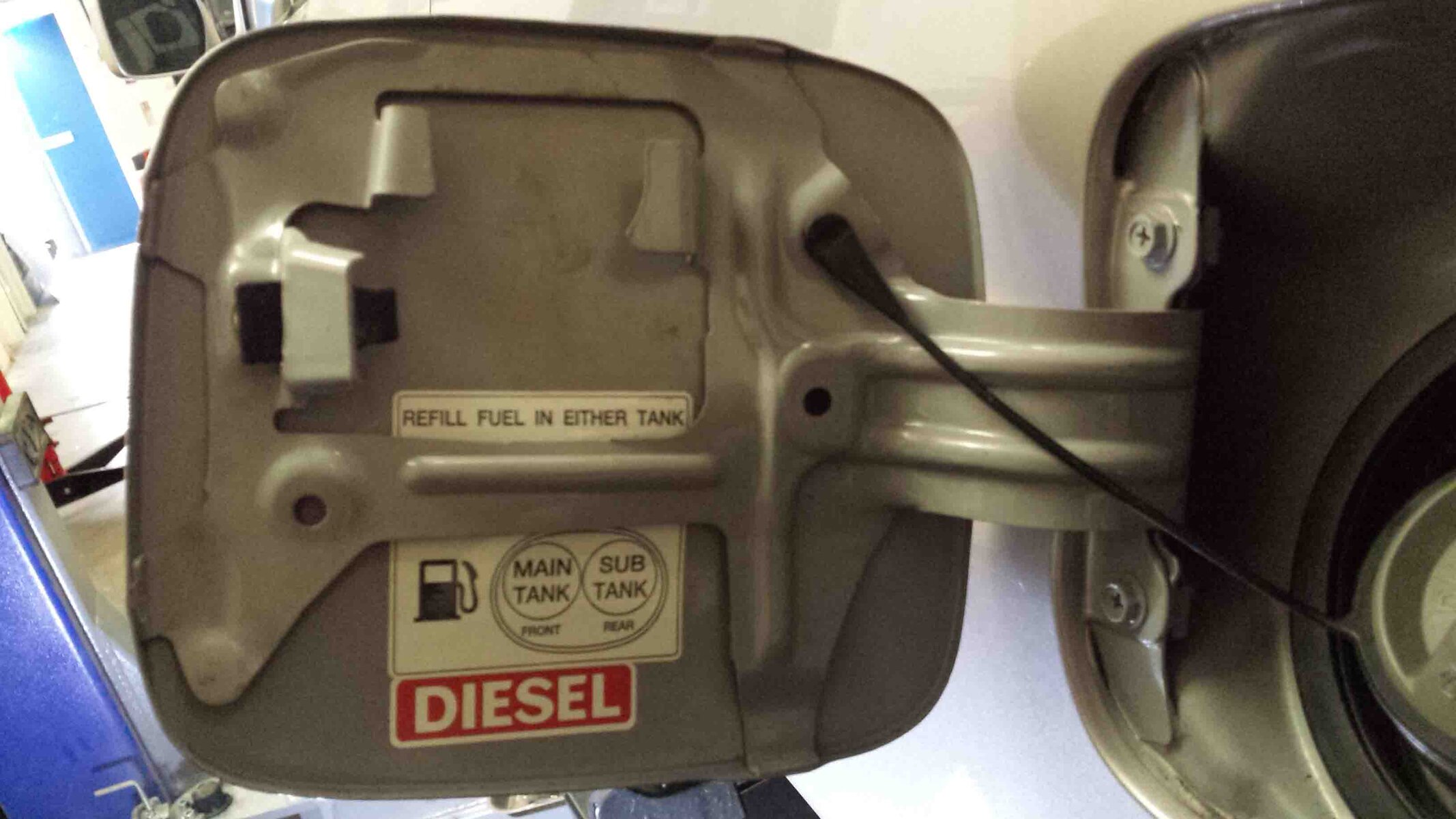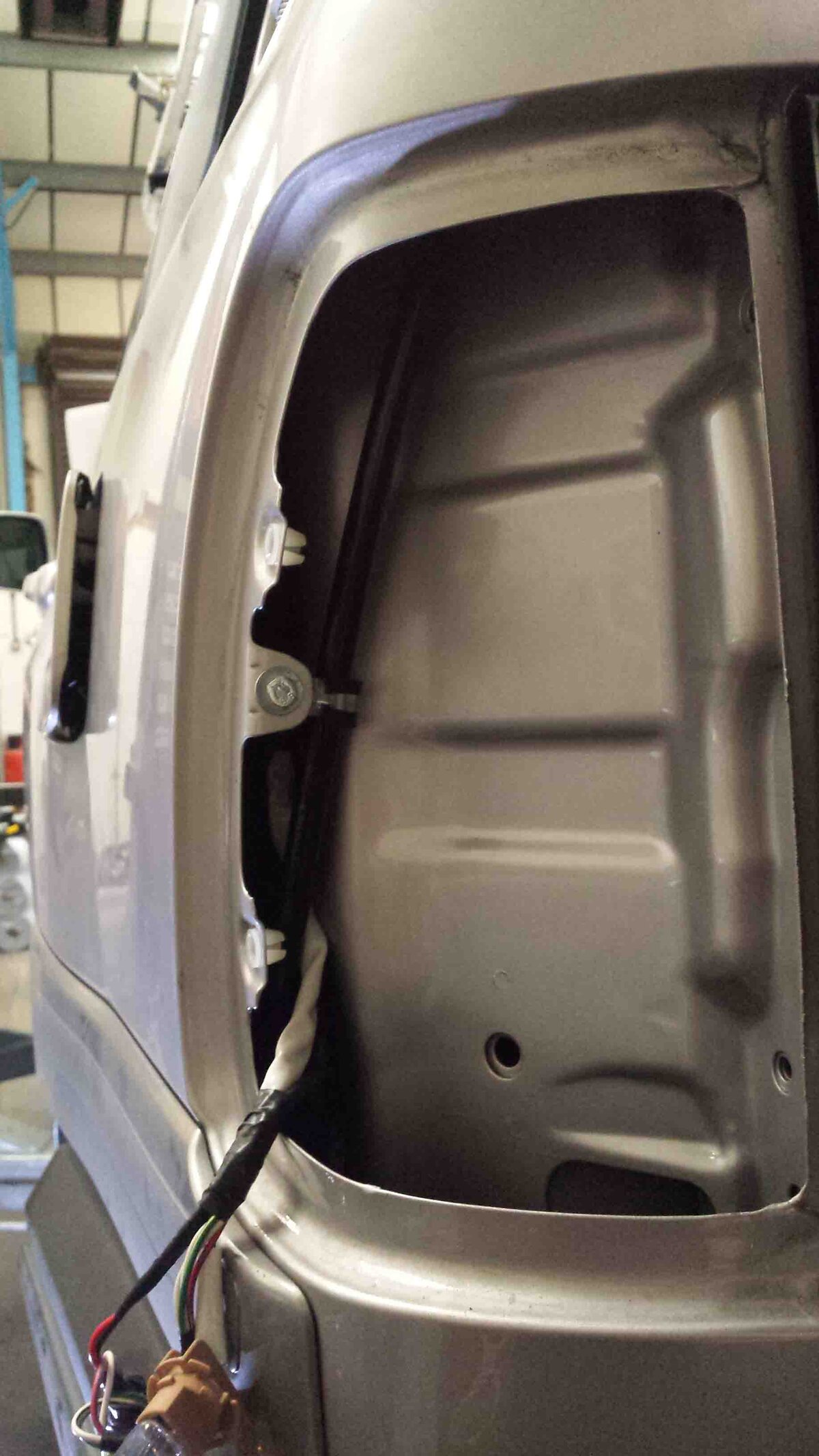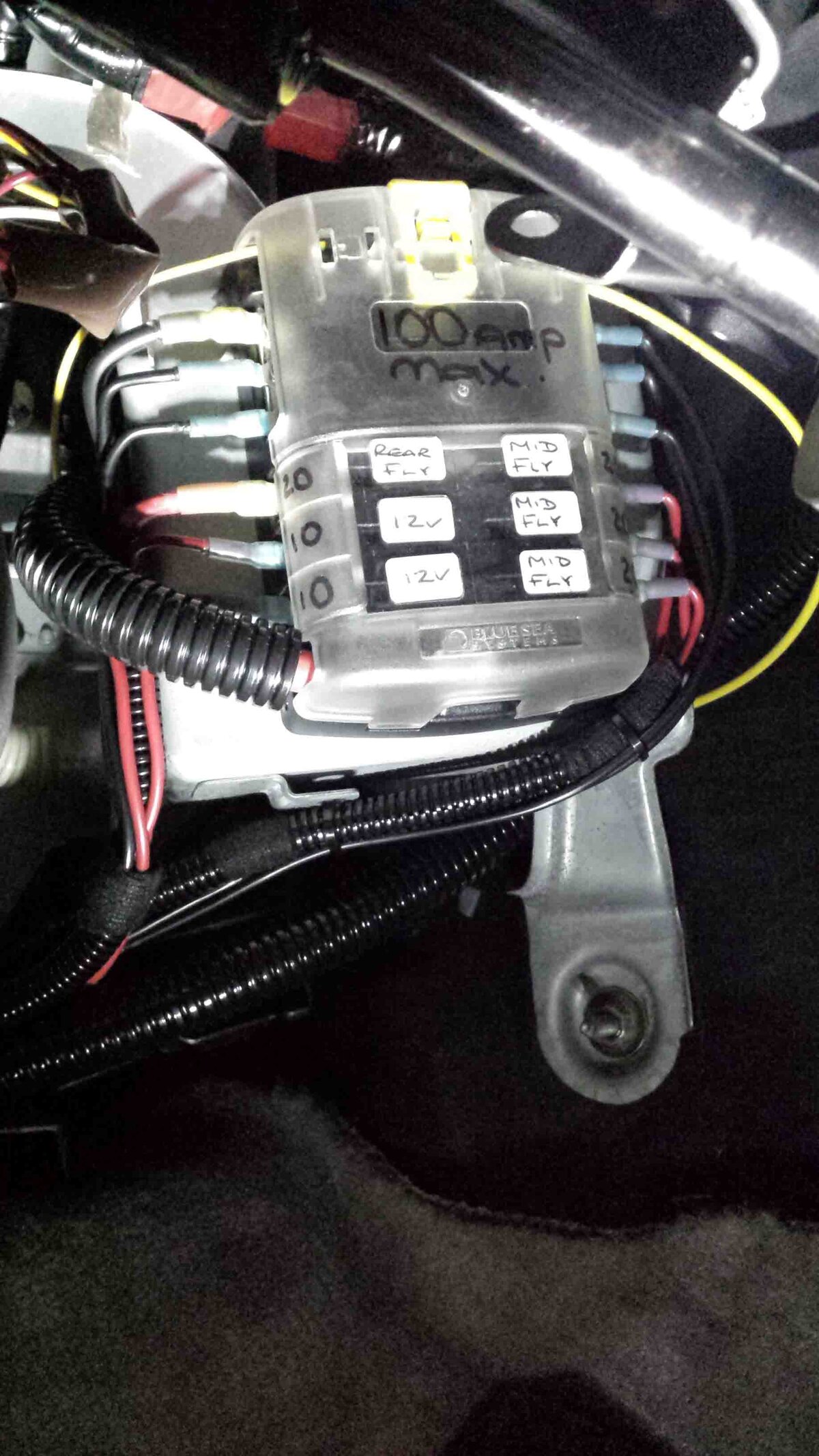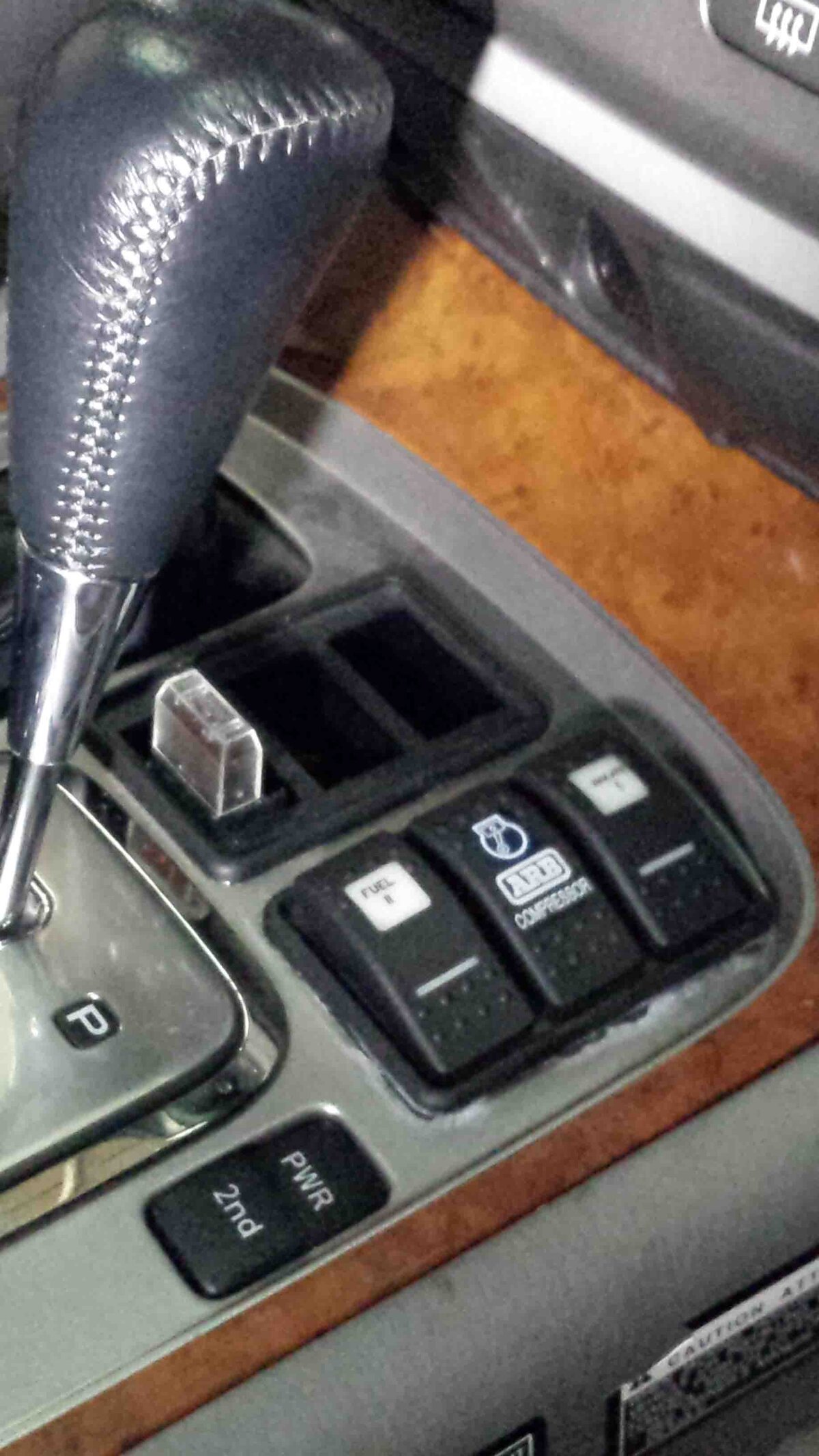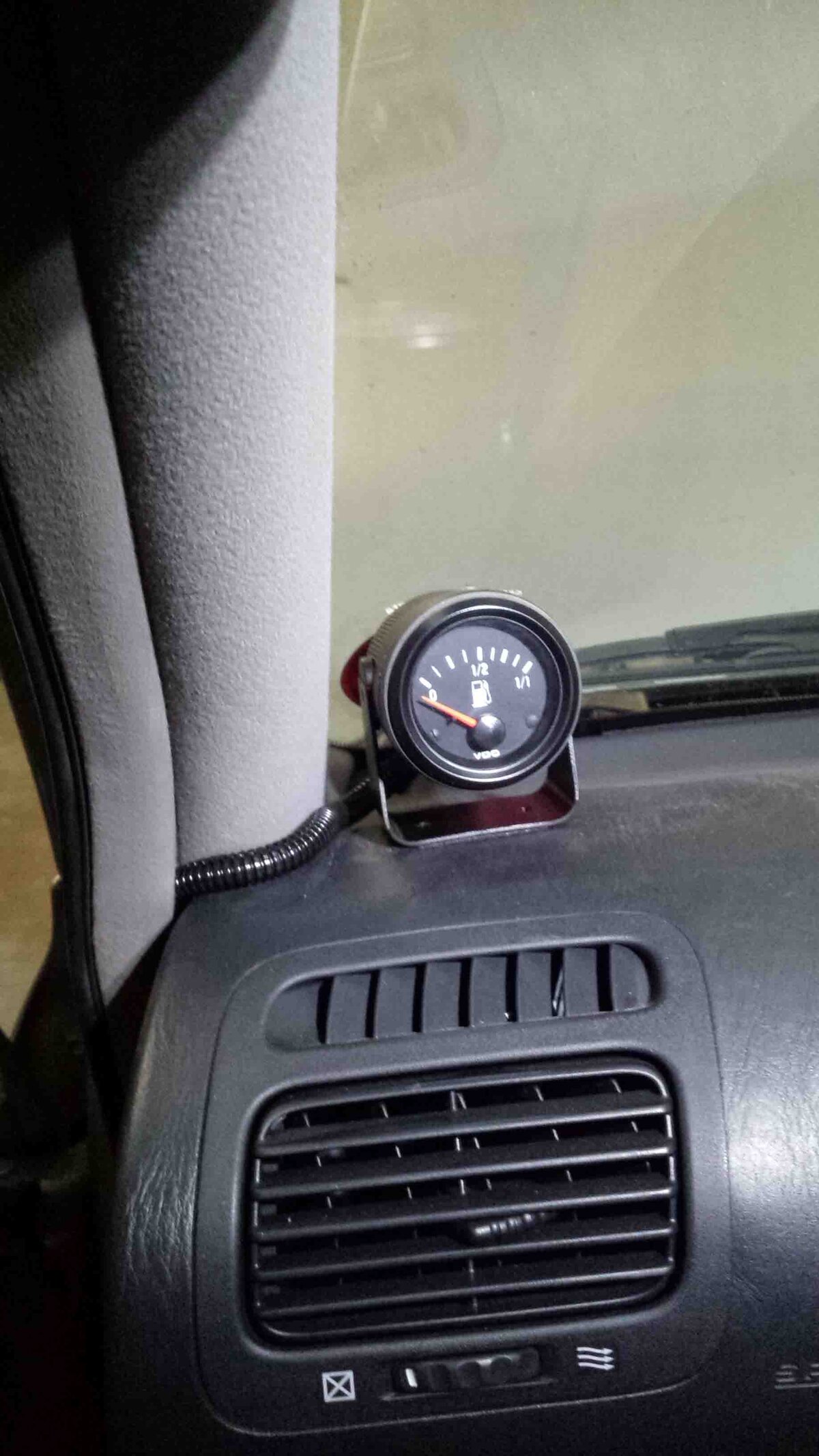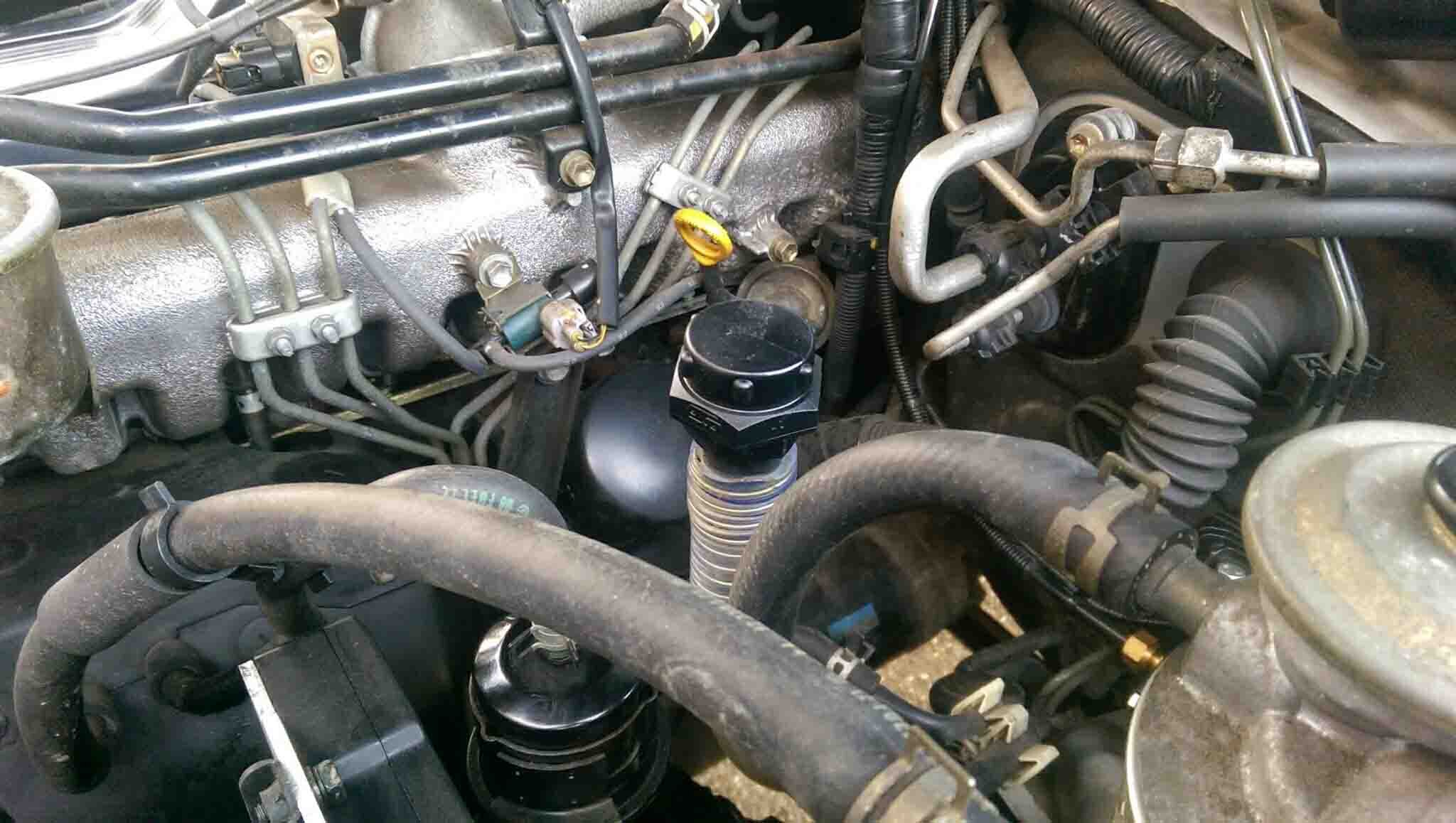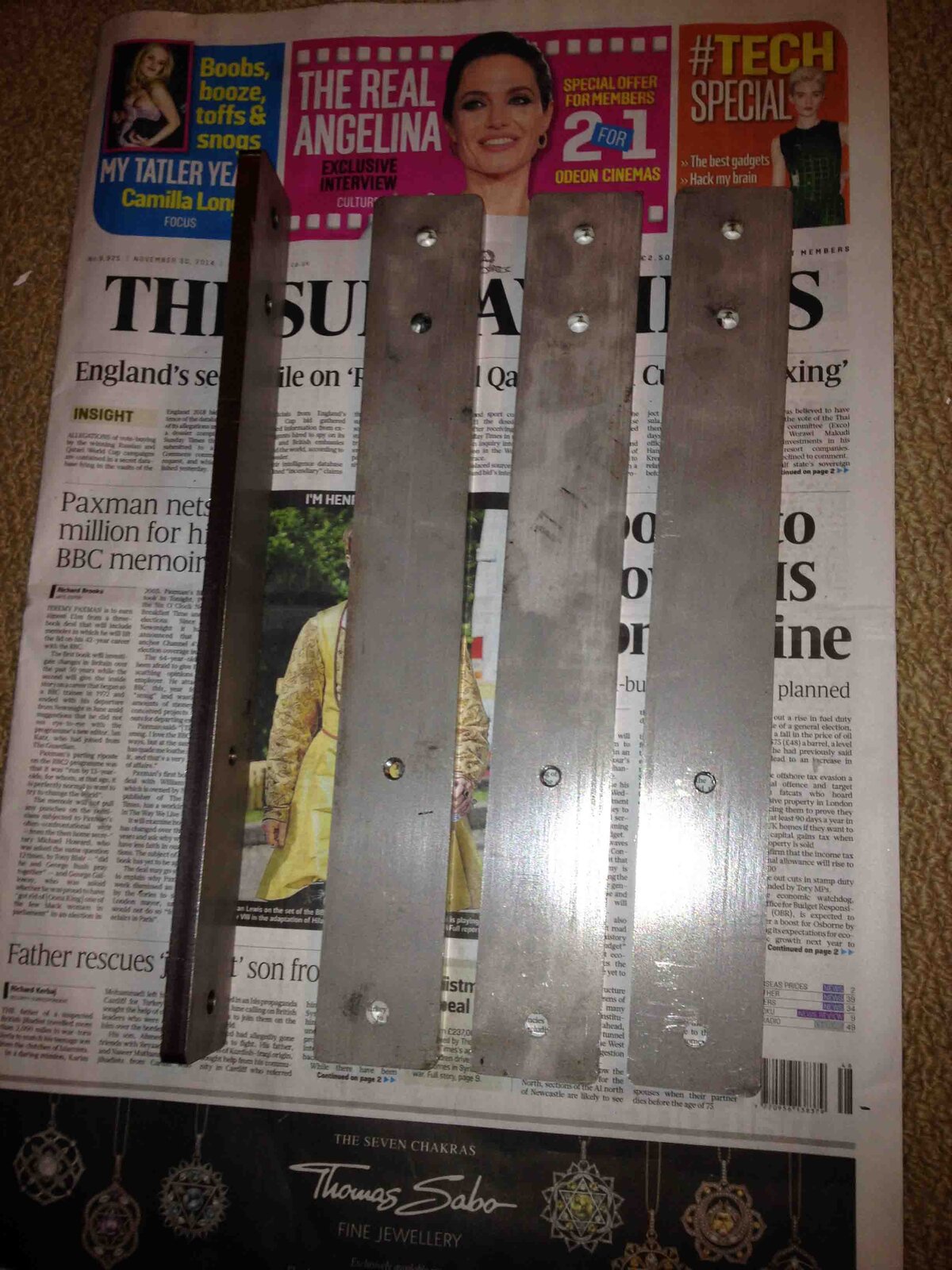WomblingFree
Active Member
- Joined
- Jun 14, 2012
- Messages
- 52
If tyou made the tail gate from checker plate it would not reflect the light as much as a sheet of smooth Ali.
As mine spends a lot of time on west coast looking out to sea the tail gate nearly alsways has the sun directly on it could be why i found ity a problem.
Well being checker plate, the light is bounced about a bit by its not being a flat reflective surface. Also the raw ali surface oxidises and has little reflective surface anyway. I don't polish the deck at all, it gets scrubbed clean but is in no way polished to a factory shine.
I guess I use my truck differently to you as well. For anything other than day tripping, I usually have a collapsible table that then lives under the pullout awning. The tailgate is only really used for day tripping or maybe a weekender.
For me checker plate is ideal. I can prepare meals from it, sit on it, stand on it to gain roof access and use it as a mechanical workbench when I break the truck out in the bush. Just wash it down and carry on. Its very practical.
I'll try and get a pic of it this afternoon with some reflection on it so you can see what I mean.

